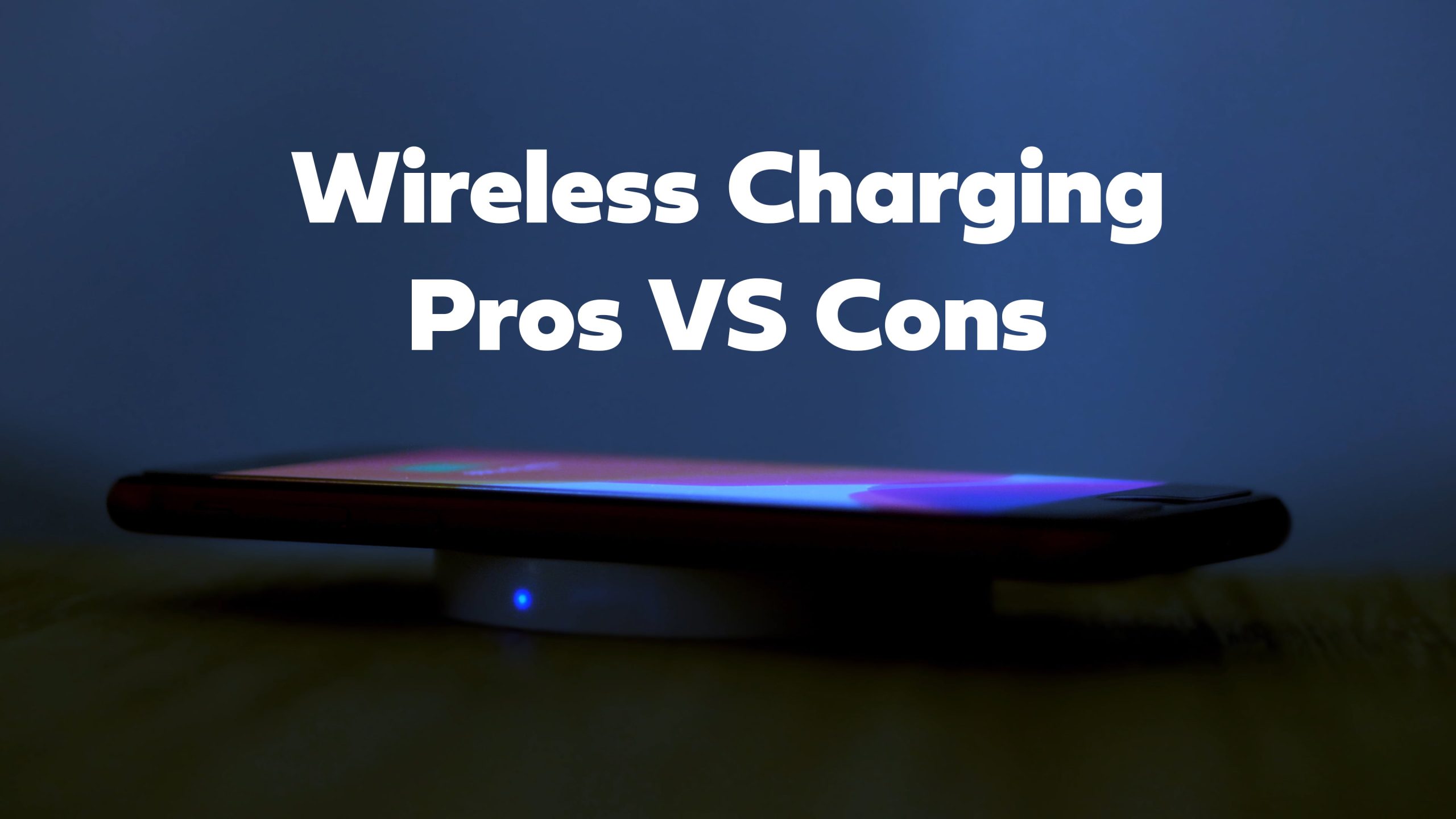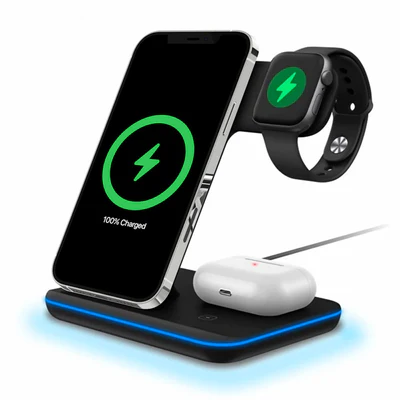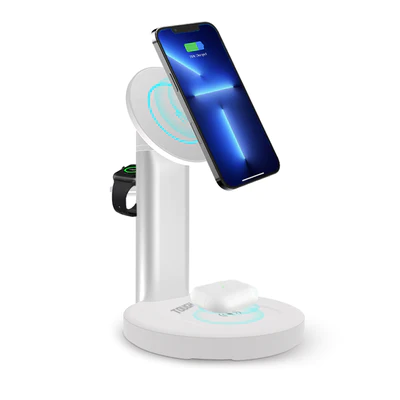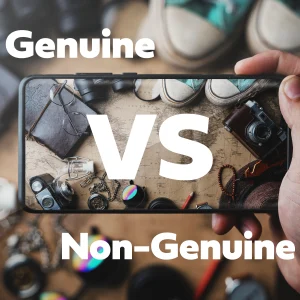TL;DR:
Wireless charging offers a sleek and cable-free way to power your devices. Simply place your phone on a pad and it starts charging. It’s convenient, stylish, and reduces wear on charging ports, with modern tech like MagSafe delivering impressively fast speeds. However, it’s not perfect. Charging is still slower than wired, it generates more heat, costs more, and only works within close range. If you value convenience and a clutter-free setup, it’s a solid upgrade. If speed, compatibility, or efficiency matter most, you might want to stick with the cord.

Wireless charging has emerged as a convenient and futuristic way to power up our devices, eliminating the need for tangled cords and fumbling with chargers. However, like any technology, it comes with its own set of advantages and disadvantages. In this blog post, we’ll explore the pros and cons of wireless charging, including the popular Magsafe technology, to help you decide if it’s the right fit for your lifestyle.
Aspect | Wireless Charging (e.g. MagSafe) | Wired Charging |
|---|---|---|
Convenience | Just place your device on a pad – no cables needed | Requires plugging in each time |
Charging Speed | Generally slower, though improving with newer tech | Faster and more consistent |
Aesthetics | Clean, clutter-free setup | Visible cables and adapters |
Compatibility | Limited to Qi or MagSafe-enabled devices | Universally compatible with most devices |
Durability | Less wear on ports and connectors | Frequent plugging can wear ports over time |
Heat Generation | Produces more heat during charging | Typically runs cooler |
Mobility While Charging | Must stay on pad – limited movement | Can use device while plugged in |
Cost | Higher upfront cost for quality chargers | Cheaper and widely available |
Energy Efficiency | Slightly less efficient, with energy loss in transfer | More energy-efficient overall |
Pros of Wireless Charging
1. Convenience:
One of the primary benefits of wireless charging is its sheer convenience. You can simply place your device on a charging pad or stand, and it starts charging automatically. No more struggling with cables, trying to find the right orientation, or worrying about wear and tear on charging ports.
2. Aesthetics:
Wireless charging eliminates the clutter of charging cables, creating a cleaner and more aesthetically pleasing charging setup. This is particularly appealing for minimalist and modern living spaces.
3. Versatility:
Many wireless chargers, including Magsafe chargers, are compatible with a wide range of devices, including smartphones, smartwatches, and wireless earbuds, making it a versatile charging solution for multiple gadgets.
4. Durability:
Since wireless charging reduces wear and tear on charging ports, it can extend the lifespan of your devices. Fewer physical connections mean less risk of damage over time.
5. Fast Charging:
Modern wireless charging technologies, such as Magsafe and Qi wireless charging, support faster charging speeds, rivalling traditional wired charging methods in terms of speed.
Cons of Wireless Charging
1. Slower Charging Speeds:
While wireless charging has improved in terms of speed, it still generally lags behind wired charging. If you need a quick charge, plugging in your device is often the faster option.
2. Compatibility:
Not all devices are compatible with wireless charging technology. You need a device equipped with Qi wireless charging or Magsafe capabilities, and even then, compatibility isn’t universal across all wireless chargers.
3. Heat Generation:
Wireless charging can generate more heat compared to wired charging. Although safety measures are in place to mitigate overheating, it’s something to be aware of, especially for prolonged charging sessions.
4. Charging Range:
The device must be placed in close proximity to the charging pad or stand for it to work. This means you can’t use your device freely while it charges, limiting its usability during charging.
5. Cost:
High-quality wireless chargers, including Magsafe chargers, can be more expensive than traditional chargers. Additionally, you may need multiple charging pads or stands for different locations, adding to the overall cost.
6. Environmental Concerns:
Wireless charging may be less energy-efficient than wired charging, as some energy is lost in the conversion process. Additionally, the production and disposal of wireless chargers and their components can contribute to electronic waste.
Conclusion
In conclusion, wireless charging, including the popular Magsafe technology, offers undeniable convenience and aesthetics, but it’s not without its drawbacks, including slower charging speeds and compatibility issues. Whether wireless charging is worth it depends on your specific needs and preferences. For those who prioritise convenience and aesthetics, it can be a game-changer. However, users who demand fast charging or have devices without wireless charging capabilities may prefer to stick with traditional charging methods. Ultimately, the choice between wireless and wired charging comes down to your individual priorities and lifestyle.


PTC Select 3 in 1 Wireless Charger Stand Dock for Apple iPhone iWatch Airpods & Samsung





